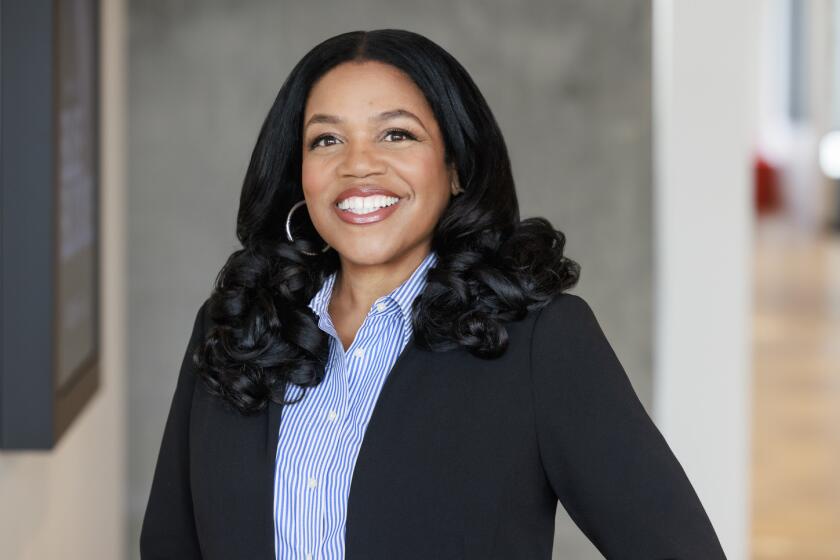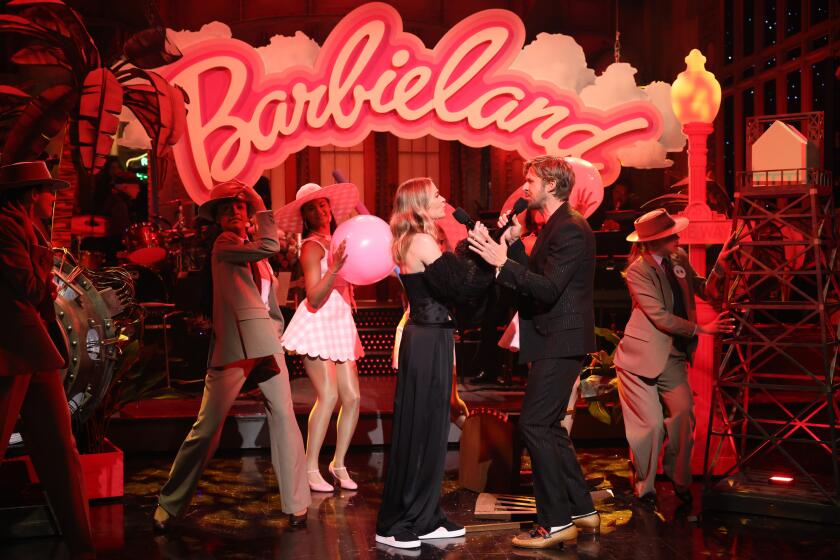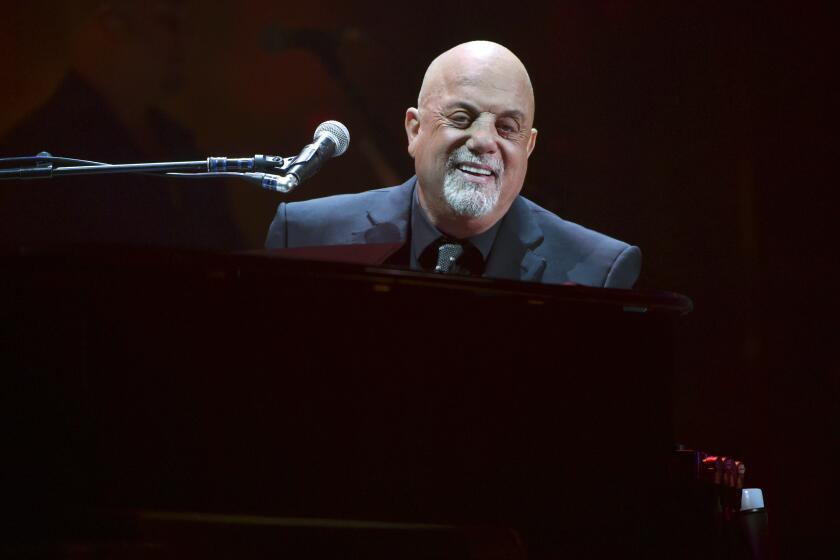From Clinton’s shimmy to Pepe the frog: Memes and the LOLcat effect on the 2016 election
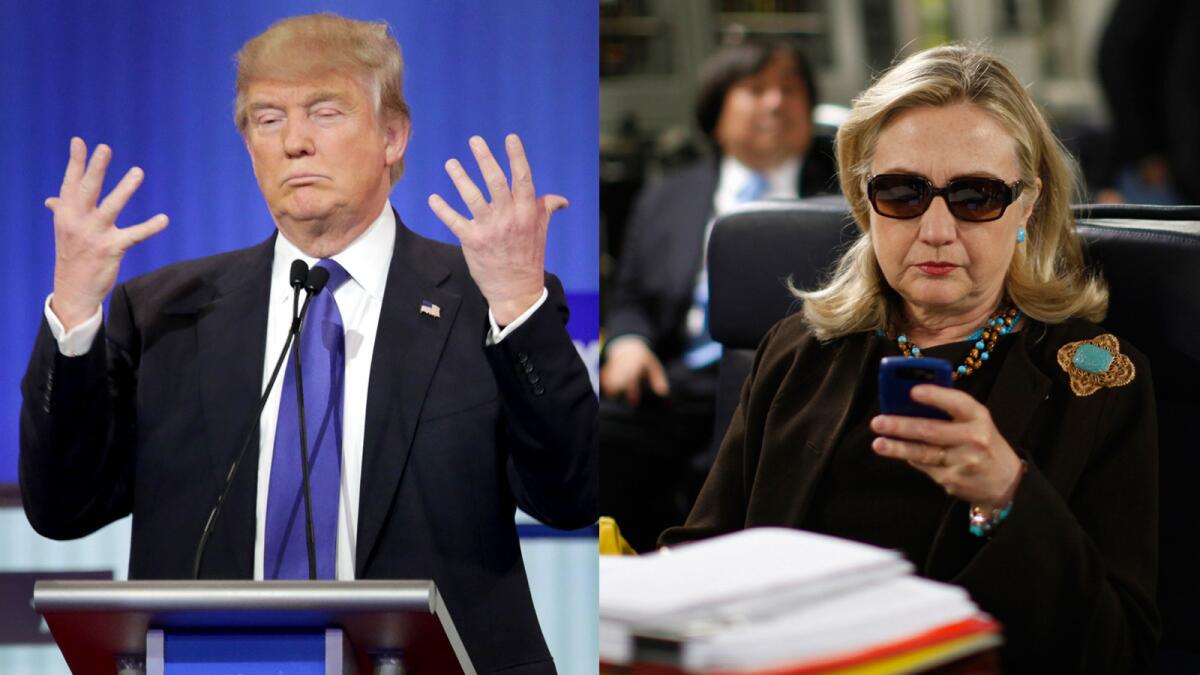
They are the sort of visuals that Salvador Dalí might have seen in his most feverish dreams: A looped animation of Donald Trump eating a taco bowl out of his own head. Bernie Sanders photoshopped to look like fried chicken mogul Colonel Sanders. A crude illustration of Ted Cruz drawn to resemble the Zodiac Killer. And Hillary Clinton doing a shimmy.
Welcome to the visuals of Election 2016.
In a presidential race that has broken just about every established rule of electoral politics and decorum, it should probably come as no surprise that the images that have accompanied it have done much the same.
In the past, national elections introduced into the culture bold works of graphic design emblazoned with phrases such as “We Like Ike” or “Hope.” These days, our voting process is just as liable to bring to visual prominence a stoner cartoon frog named Pepe. (Such is the case of the innocuous comic book character created by illustrator Matt Furie, which was adopted without the artist’s knowledge as a white supremacist symbol on Internet forums such as 4Chan and Reddit — and was later, quite controversially, retweeted by Trump.)
This election, it turns out, will not only be televised. It will be memed.
“It’s the new normal,” says Benjamin A. Lyons, a researcher who studies memes at the Annenberg Public Policy Center at the University of Pennsylvania in Philadelphia. “It’s the current background noise.”
Hillary Clinton's famous shimmy at the first presidential debate. (Giphy)
Memes — an idea or image that is relentlessly copied, manipulated and shared — are hardly new.
During World War II, the graffito “Kilroy Was Here,” showing a bald figure with a big nose looking over a fence, was drawn on tanks, planes and in bathrooms the world over by American G.I.’s. Since the advent of the Internet, memes have taken all manner of forms: an early digital animation of a dancing baby, a video of a kid doing his finest Star Wars moves with a metal rod and of course, the LOLcat — the omnipresent images of cats saying cute, grammatically incorrect things.
And this isn’t the first presidential election to feature prominent memes. The 2012 Barack Obama/Mitt Romney race brought the world pop cultural references such as “binders full of women” (from a phrase uttered by Romney at one of the debates) and a rain of Photoshopped pictures showing Romney and Big Bird (after Romney said he loved Big Bird but would nonetheless cut funding to PBS if elected).
The 2012 race also brought us the Texts from Hillary meme, which showed Clinton looking tough in a pair of sunglasses while purportedly trash-talking celebrities, moguls and world leaders via text message — a meme that Clinton enjoyed so much she invited its creators to her office. (Ironically, the meme also sparked a government official’s inquiry into the use of her email.)
But Election 2016 has represented a turning point for the meme — at least as far as political imagery is concerned.
“It’s an avalanche,” says Lyons. “You can’t keep up.”
In many ways Donald Trump is a walking meme. That’s why it has become the underlying language of this election.
— Benjamin A. Lyons, researcher at the University of Pennsylvania
A popular meme caught GOP hopeful Donald Trump making faces. (Giphy)
Our endless electoral slog has produced viral images and animations of Florida Sen. Marco Rubio hitting a kid with a football during the primaries, New Jersey Gov. Chris Christie looking defeated as he endorsed Donald Trump for the presidency and the moment in which a bird landed on Sanders’ podium during a stump speech in Oregon — leading an entire Internet contingent to dub the candidate “Birdie Sanders.”
And, of course, there are memes devoted to Clinton’s deleted emails — which brings us an only-in-the-21st-century information loop that consists of a meme that inspired an investigation that inspired more memes.
Memes, in fact, seem to have captured the popular imagination in ways that other visual output has not.
Works made by artists independent of the campaigns have received bursts of coverage but then faded from public view — from Deborah Kass’ “Vote Hillary” print to L.A. artist Illma Gore’s painting of a nude Trump to the grotesque sculptures of a naked Trump that were placed in major American cities by the street art collective INDECLINE.
Moreover, neither of the campaigns has produced engaging new campaign posters in the vein of the iconic Obama “Hope” poster created by L.A. artist Shepard Fairey in 2008. Clinton has a recycled poster design from her 2008 campaign by Tony Puryear (also from Los Angeles). Trump doesn’t have a unique poster design in his campaign shop at all.
Memes are a nice little brief — like the Sunday comics.
— Will Dowd, founder of the Facebook group “Bernie Sanders’ Dank Meme Stash”
Though, in a year in which the election has been rife with talk of hand size and cartoon frogs and the weight of a former Miss Universe, memes perhaps best capture the zeitgeist.
“I like them because they’re simple and I love making people laugh,” says Will Dowd, the Long Island resident who founded the Facebook group “Bernie Sanders’ Dank Meme Stash” during the primaries — which at its height had almost half a million members (and at last count still had more than 426,000). “The craziness doesn’t hurt. All of the candidates were on some level crazy. … And memes are a nice little brief — like the Sunday comics.
“In many ways Donald Trump is a walking meme,” says Lyons, referring to the GOP candidate’s colorful expressions and one-liners. “That’s why it has become the underlying language of this election.”
Part of their popularity stems from advances in technology.
“It’s a lot easier to do a meme than it is to produce a political poster,” says Carol Wells, founder and executive director of the Center for the Study of Political Graphics in Culver City. “With a poster, besides the design, there’s the production and dissemination. [A meme] is one-stop production. Making and disseminating is like breathing to some people.”
Some campaigns and political movements have mixed design and the Internet, creating downloadable posters, for example. But in a news cycle that seems to move in 15-minute increments, it is speedier to copy a news image, slap some text on it and then share it on social media, than design a work of political art from scratch.
In fact, there are entire sites, such as imgflip.com, that allow users to create so-called “image macros” within seconds of an event taking place. And a single photo — say, of Obama and Clinton sharing a hearty laugh or Trump’s hair getting caught in a gust of wind — can serve as fodder for dozens of memes.
Wells notes that the phenomenon of remixing imagery is not new.
The now iconic illustration of Uncle Sam saying “I Want You” — created by James Montgomery Flagg as a World War I Army recruiting poster — for example, has been appropriated and reappropriated by countless political causes over the decades. This includes an anti-Vietnam War iteration from 1971, that shows a beaten-up Uncle Sam stating “I Want Out,” or a 2002 rehash that shows Osama bin Laden with the words “I Want You to Drive an SUV.”
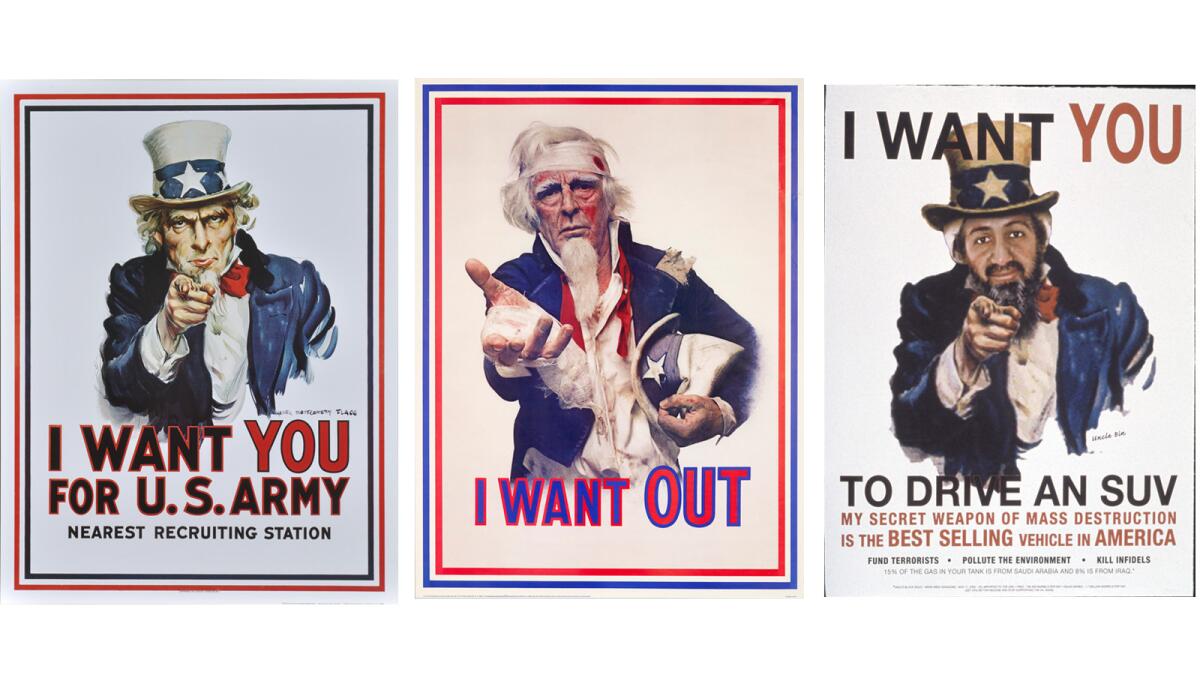
Likewise, Fairey’s Obama “Hope” poster has been remade in countless guises — including, most recently, one that shows Trump’s face in red, white and blue with the single word “Grope.”
But the speed with which this type of imagery is now remixed and released into the culture is novel — as is the fact that anybody with a working computer, not just artists, can do it.
Lyons likens memes to “digital folklore,” images that are “repurposed by each new teller of a tale.”
“Many memes look close to political cartoons and serve a satirical purpose,” he explains. “But what differentiates them is that they take place in this visual environment where people, with incredible speed, can remix them, and they take on a life of their own.”
Hence, images of the candidates making bizarre faces ends up morphing into an endless animated loop of a fire-breathing Trump fighting a Clinton with laser-beam eyes.
An over-the-top meme places the candidates in raging battle. (Giphy)
On the surface, many memes might appear one-dimensional and frivolous. But they actually require some degree of cultural fluency to interpret and decipher.
“I feel like some memes that are circulating are stealthily sophisticated,” says Arpad Kovacs, an assistant curator in photography at the Getty Museum. “You have to know how to read them. You have to have a sense of what the text means, but you also have to know the context of the image for those two distinct pieces of information to make sense.”
Moreover, in their composition, they hark back to a number of art-making traditions, including collage and appropriation, the wholesale harvesting and recontextualization of existing images, made famous by the artists of the Pictures Generation of the late 20th century.
“[Memes] give certain pictures second, third, fourth and fifth lives,” says Kovacs, who is working on the forthcoming exhibition “Breaking News,” which will examine the ways in which fine artists have dealt with news and mass media. “And they can make then take on a different kind of meaning. Sometimes the second, third, fourth, fifth iteration of that picture loses all context of its original source.”
That is certainly the case with Pepe, who began life as a peaceable cartoon frog-bro who smoked dope and played video games, before being appropriated as a symbol of neo-Nazi hate — and ending up at the center of a U.S. election. (Though now, his creator and the Anti-Defamation League have announced a campaign to reclaim him from such infamy.)

But if meme makers typically bypass the creators of the original image, certain artists are using memes to make their own statements.
Last year, the Charlotte Observer’s political cartoonist Kevin Siers made a cartoon about Clinton’s email issues inspired by the Texts From Hillary meme. And illustrator Libby Vander Ploeg created an animated illustration inspired by Clinton’s debate shimmy as a way of showing her support for the candidate.
“I saw the debate and I saw the shimmy and the week went on and I kept seeing the shimmy being shown,” says the New York-based Vander Ploeg of what inspired her to create the work. “I felt excited about seeing a woman confident on that platform and I wanted to do something that would celebrate that confidence.”
Libby Vander Ploeg's animated illustration inspired by the Clinton shimmy meme. (Giphy)
Of course, the sheer volume of Internet memes — and the general anonymity of their creators — means that few have a shelf life that lasts more than a few days.
“There’s so overwhelmingly many,” says Wells. “If there is a Picasso of memes, we may never know who they are.”
And yet, once the election is over, chances are that the looped animations of Trump making faces or Clinton looking bored at the Benghazi hearings will continue to have a second and third life on social media. Is someone droning on at that staff meeting? Cue the photo of Clinton looking bored on your Facebook feed.
The election will be over, but its memes will live on. No doubt Grumpy Cat would approve.
Grumpy Cat slow claps in a popular meme mash-up. (Giphy)
Sign up for our weekly Essential Arts & Culture newsletter »
Find me on Twitter @cmonstah.
ALSO:
How 'Pepe the Frog' went from harmless to hate symbol
Rick Astley of 'Never Gonna Give You Up' fame talks about life after becoming a meme
The biggest entertainment stories
Get our big stories about Hollywood, film, television, music, arts, culture and more right in your inbox as soon as they publish.
You may occasionally receive promotional content from the Los Angeles Times.

